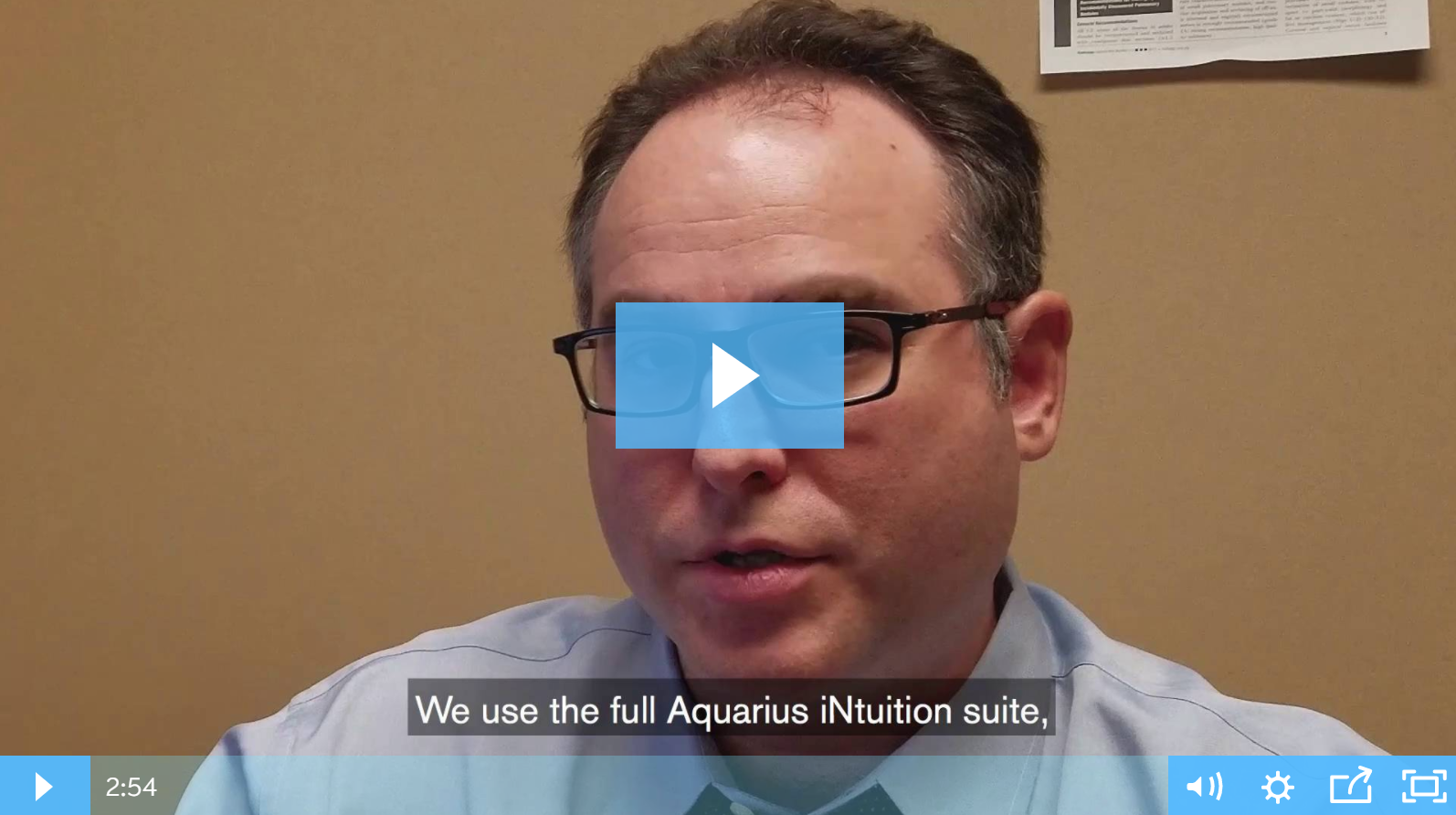
As an Associate Professor of Radiology and Cardiology at the University of Kentucky, Dr. Michael Winkler engages students with early and frequent use of TeraRecon's Intuition advanced visualization tools. He spoke with TeraRecon about the importance of a user interface that is easy to learn for 3D post-processing. Dr. Winkler also shared the many ways he uses our technology suite, what he views as the critical features for the success of his 3D post-processing work, and how using TeraRecon has helped grow their referral base. The full conversation can be read below:
What TeraRecon solutions are you currently using?
We use the full Aquarius Intuition suite. We use a number of the different work flows for vascular imaging, cardiac imaging, and then other, more niche tools, such as liver segmentation, tracheal segmentation, and nodule identification.
Is your TeraRecon implementation an enterprise-wide solution or primarily used in the radiology department?
Our TeraRecon implementation is enterprise-wide. At every radiology PACS station, we can launch the thin client directly from the laptop, and at any work station in the hospital, we can launch Intuition through the Citrix receiver.
What sets TeraRecon apart from the previous vendors that you have used?
The most important thing that sets TeraRecon apart is the ease of use. It all comes down to the interface. Many of the software solutions for 3D post processing have comparable engines working beneath the surface for segmentation, but it is really the interface that makes or breaks any particular client.
Would you say that TeraRecon's interface was what made it the best fit for you and your organization in achieving the results that you need?
Yes, I think, above everything else it is the user interface. One particular feature I like very much and is of importance to me and to my lab specifically, is the multi-masking capability. I like to be able to give a different set of pseudo-color transfer functions to each segmentation that I do. This really allows us to create terrific artwork. To call it artwork isn't really much of an overstatement. It really is artistic for publication, for lectures, for education purposes. I also like the fact that I can do a direct export of mesh from any segmentation. There are also some built-in segmentation tools that make that a little bit easier, saving steps on the inside of mesh optimization and mesh repair.
What do you view as your return on investment in terms of using TeraRecon versus the other software vendors then?
I find that because of the way we utilize TeraRecon we get more business. We have a workflow here where we acquire a study, then we perform our segmentation and volume visualization and we create cines. Then we convert them to a small GIF file, we email those or put them in a Dropbox file for our referring physicians and they can look at those files on their cellphone. We can email the files to patients and because of that ease-of-use and the ease in which they can interpret the images without having to delve into a report or log into PACS, I find that they order more studies. For example, with our plastic surgeons, we have seen a huge growth in the number of studies that have been ordered for the planning reconstructions.
Have you personally seen a change in the time that you spend working on a diagnosis from a study using TeraRecon versus any other software?
We tend to spend a lot of time on our volume visualization work here because we are trying to be a prestige lab. We're trying to make the University of Kentucky a pedigree type of program. It is important that I can work through things with ease, so I need something that has a great interface, that has work flows, and that has no delay as I am manipulating the data. The latest iteration of TeraRecon utilizes a new generation of graphic cards that are really fast, and I love being able to manipulate my data in a fine rendering mode in real time.
What advice would you give to a health system considering implementing TeraRecon?
I would say to implement it. To have a robust 3D lab you must have more than one solution in case one goes down, but pretty much everywhere there is one that is the work horse and for us, that's Intuition. We have three commercial solutions here and two research solutions, but TeraRecon is what we use for 97% of our work.
How has the TeraRecon team supported your growth and use of the Intuition product?
For an academic center such as ours, as we go from one research project to another, different tasks will come up that we need optimized. We have requested additional workflows for research purposes. There is a way to order a workflow by filling out a form and having the TeraRecon engineers program a new workflow for you or you can edit an old workflow, or you can always call. Support is great at TeraRecon. They have 24-hour support, so I can always call up and have somebody help me design a workflow and then I will request specific things. Specific changes will go into a queue and then in the next iteration of the software, to the extent possible, those changes will appear. For example, right now I am working with the TeraRecon team to implement GIF file export directly from the client.
These Stories on Advanced Visualization
TeraRecon Headquarters
4309 Emperor Blvd, Suite 310
Durham, NC 27703
Tel: 650.372.1100
Fax: 650.372.1101
info@terarecon.com
All offerings are subject to availability and regulatory clearance, which may vary by country. Please verify product status with your local TeraRecon representative.
No Comments Yet
Let us know what you think